If you have a kidney stone, you may be aware of its severe pain. Most kidney stones pass on their own but sometimes when the stones get larger they do not go out of the body. In such situations, a doctor can come to your aid. So, when do you seek doctors’ help and is there help in the form of holistic medicine? Here, we will discuss the natural treatment of kidney stones, namely, kidney acupuncture points. Some of the symptoms of kidney stones are as follows:
Extreme back or side pain that refuses to go away
- Blood in your urine
- Vomiting
- Fever and chills
- Foul-smelling or cloudy urine
- A burning feeling when you urinate
The Function of the Kidneys
Kidneys are bean-shaped organs that are the size of the fist. You’ll find them near the middle of your back, just below your rib cage. The kidneys are what you can call the trash collectors of your body. Your kidneys process about 200 quarts of blood every day to eliminate approximately 2 quarts of waste products and extra water. The waste and extra water compose the urine, which next flows to your bladder via tubes known as the ureters. Your bladder then stores the urine till you relieve yourself.
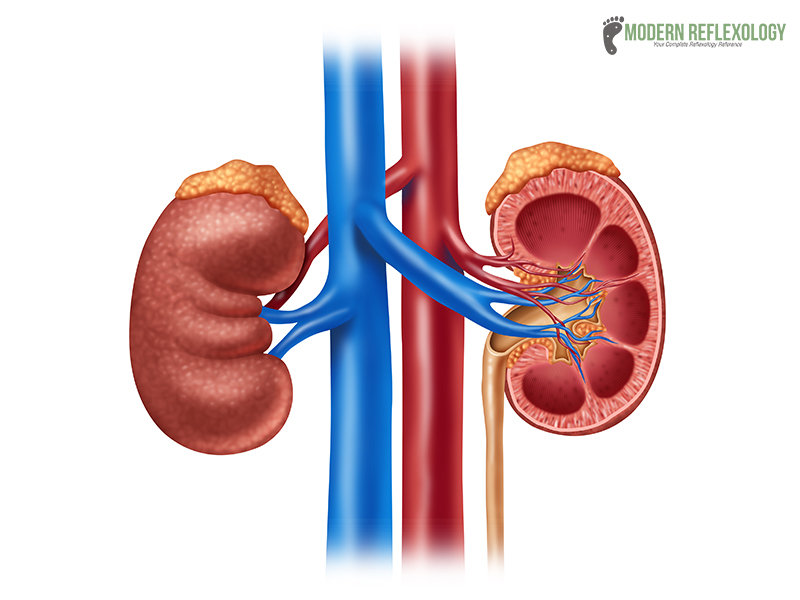
Your body utilizes the food for energy and repair. After your body ingests the food, the waste is then sent to the blood. If your kidneys are unable to remove these wastes, the wastes would gradually build up in the blood and impact your body in a detrimental way.
Your kidneys also control blood pressure, build red blood cells and keep your bones healthy and strong.
What is a Kidney Stone?
A kidney stone is as the name suggests, a stone-like material that accumulates in the kidney out of the substances in the urine.
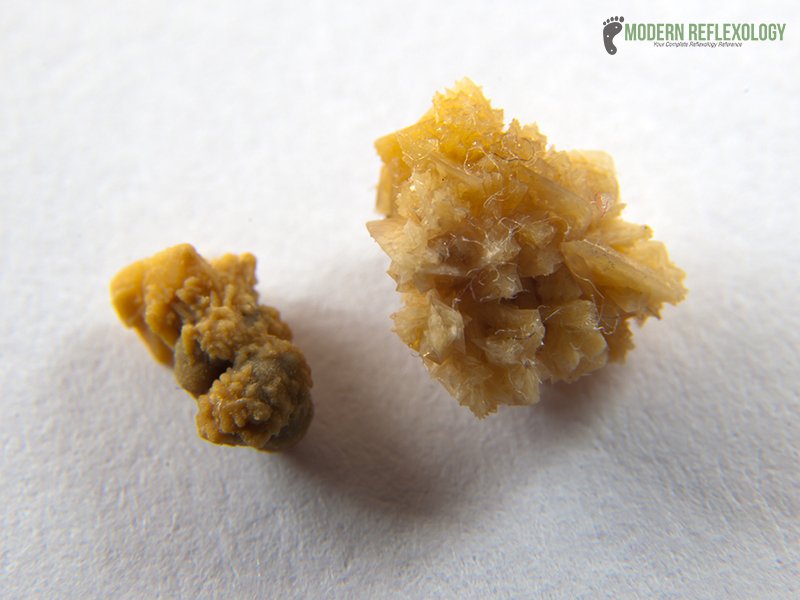
A stone may either stay in the kidney or break and trickle down the urinary tract. A small stone is easier to pass and it passes without any pain, it’s the bigger ones that cause all the trouble. A large stone gets stuck in the ureter, the urethra or the bladder. Kidney stones also block the flow of the urine and cause pain.
Different Types of Kidney Stones
There are four major types of kidney stones. Find all about it here,
1) Calcium stones
The most common type of stone contains calcium. Calcium is required for your bodily needs; the extra ones that are not utilized by the bones and muscles travel to the kidneys. In most people, the hard-working kidneys flush out the extra calcium via urine. But in some cases, the calcium gets stuck in the kidneys in the form of stones as it joins the other waste products.
2) Struvite Stone
A struvite stone usually forms after an infection affects the urinary system. These stones are made up of the mineral magnesium and the waste product ammonia.
3) Uric Acid Stone
Uric acid stone develops when there is too much of acid in the urine. The only way to cut back on uric acid stones is by cutting down on the amount of meat you consume. Cystine stones are rare.
4) Cystine Stone
Cystine is what forms the muscles, nerves, and different parts of the body. Cystine accumulates in the urine to form a stone. This is a hereditary health condition. Cystine stones are rare.
What do kidney stones look like and how are they diagnosed?
The size of kidney stones vary, some of them may turn out to be as small as a grain of sand, a few others are a little larger, almost the size of a pearl and a few others may turn out to be as large as golf balls. The stones may either be smooth or jagged. The color is usually yellow or brown. Western medicine diagnoses kidney stones by several methods such as urine analysis, ultrasound and/or blood tests.
Acupuncture for kidney stones
The World Health Organization says that acupuncture offers a better pain-relieving response in a shorter time compared to Western medicine.
What causes kidney stones according to traditional Chinese medicine theory?
Traditional Chinese medical theory addresses few patterns of disharmony in the treatment of renal colic with acupuncture.
One such condition is known as “damp and heat” in Chinese medicine. It is thought to be literally like a low-grade heat that heats and affects the lower part of the body. This kind of heat results from an irregular diet. Here it causes impurities which then sink down to the low realms of the intestines. Some of the steam rises from the damp heat and travels to the urethra and then settles into the kidneys, which according to traditional Chinese medicine contributes to the formation of kidney stones. There are specific acupuncture points for kidney stones that clear damp and heat. There is a saying in Chinese medicine, “Where there is a pain, there is blockage”.
The acupuncture meridians criss-cross all across the body and the same applies to people who experience renal colic pain. The acupuncture points are selected according to the disease specifications. The points chosen are on the meridian and are connected to the area of pain such as the leg. For example, if it is known that the stones are already in the bladder, the acupuncture points that are on the outside of the leg are selected.
Acupuncture for Kidneys – Key Acupuncture Points for Treatment
Some of the acupuncture points for treating Kidney stones are the following,
1) CV3 (Zhongji):
It is located 4 cun right below the belly button. It treats urinary bladder problems, benefits urination and regulates the Lower Jiao and gets rid of the Damp-Heat
2) CV4 (Guanyuan):
This acupuncture point is located at the point of 3/5 down the ventral midline that connects the umbilicus to the pubic tubercle. It boasts of a number of benefits such as the nourishment the Blood (Xue) and the Yin and the Yang (moxa). It strengthens the kidney, protects the bladder, it strengthens the uterus, regulates menstruation, controls the rebellion of Qi in the Chong Mai such as the penetrating vessel,takes care of the small intestine, strengthens the Kidney Qi, and roots mind (Shen) and Ethereal Soul (Hun).
3) CV6 (Qihai):
It is located on the midline, 1.5 cun lower to the umbilicus. This acupuncture point regulates the Qi and boosts the origin; harmonizes construction-blood; treats gynecological problems such as menstrual disorders and vaginal discharge; warms the lower burner and banishes the damp turbidity.
4) CV9 (Shuifen):
This point is located 1 cun above CV8 (belly button). It opens the gateway and aids in the transformation of fluids.
5) CV10 (Xiawan):
This point is located 2 cun above CV 8 (umbilicus). CV 10 is activated for various issues such as the lower stomach (stagnation, distention, bloating, weak digestion, undigested food in the feces, diarrhea, vomiting, and borborygmus).
6) CV11 (Jianli):
This point is located 3 cun above the CV8 (belly button). This acupuncture point enables the descent of Stomach Qi. Promotes greater stomach and digestive peristalsis by boosting the flow of the gastric fluids.
7) ST28 (Shuidao):
It is located on the lower abdomen, 3 cun lower to the umbilicus and 2 cun lateral to the midline, level with Guanyuan REN-4. The ST28 provides innumerable benefits as it regulates the lower jiao and dissipates stagnation. It also takes care of the bladder and the uterus.
8) ST29 (Guilai):
This point is located 2 cun lateral to the AML level with CV 3. The ST29 point has numerous benefits as it resolves excess or cold/deficient disorders of the Lower Warmer, such as the amenorrhea, qi stagnation/masses, irregular menstruation, dysmenorrhea, and leukorrhea. It resolves health conditions such as uterine prolapse, hernia, genital pain or swelling, infertility, impotence, and seminal emission. It also cures running piglet disorder.
Try the 8 acupuncture points for kidney stone painand get welcome relief from a painful condition. Remember that if things get worse, you have to speak to your doctor for further consultation.

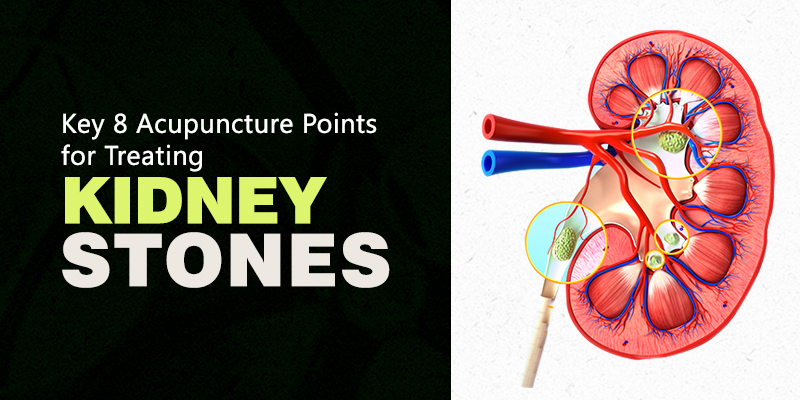
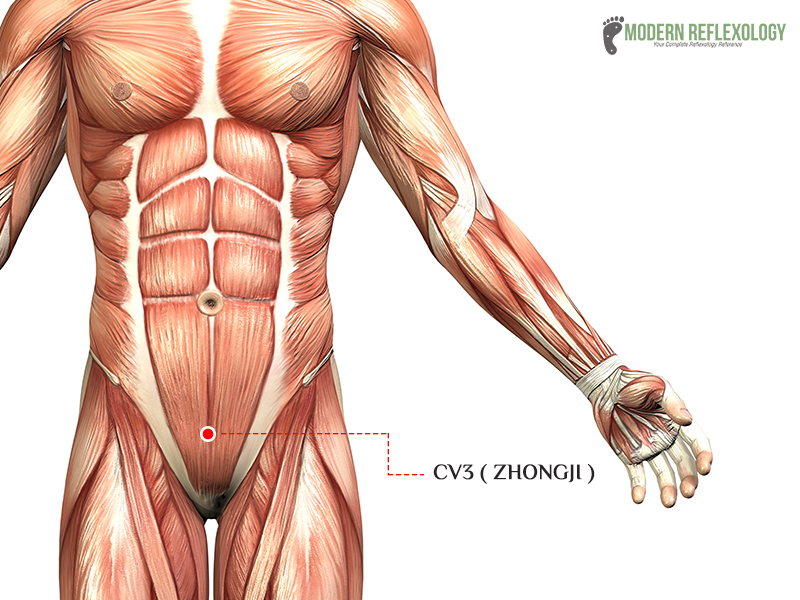
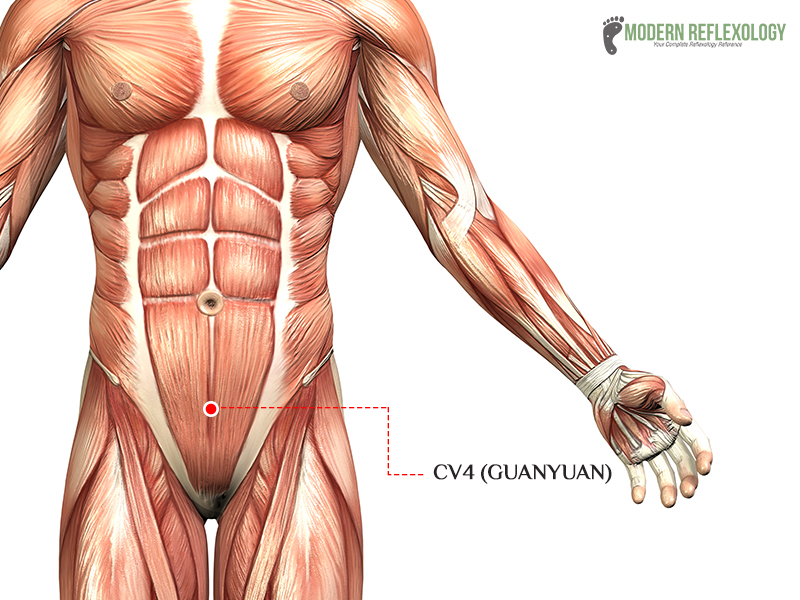
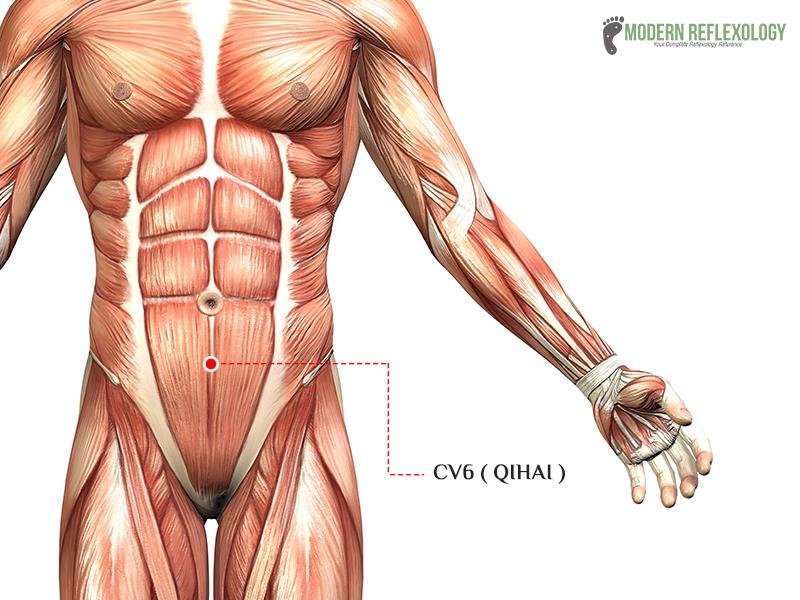
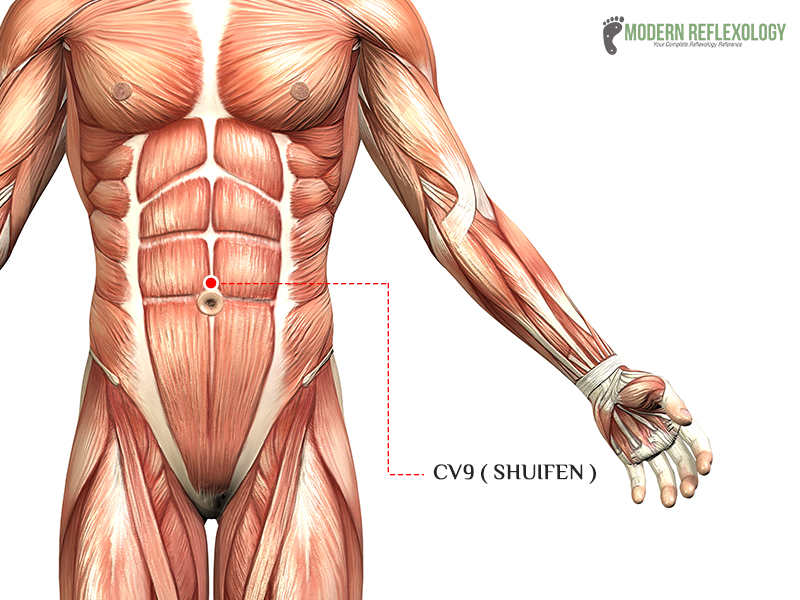
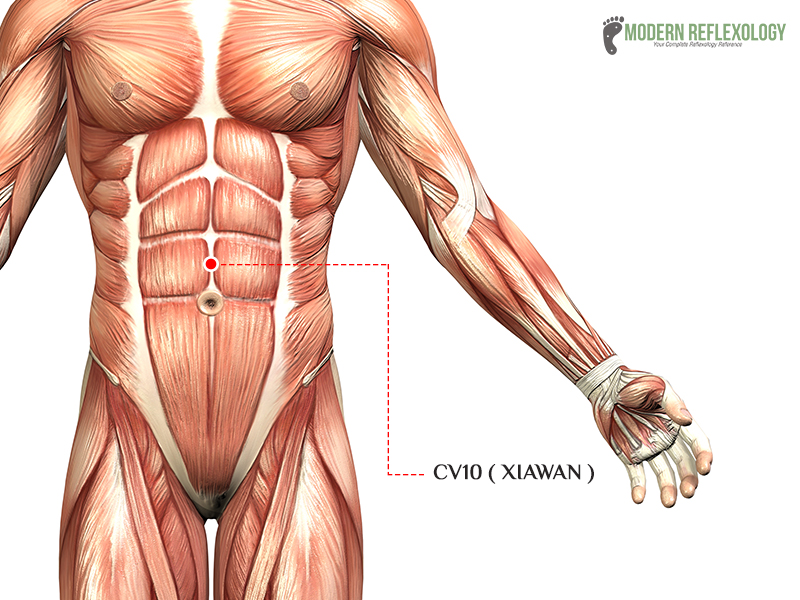
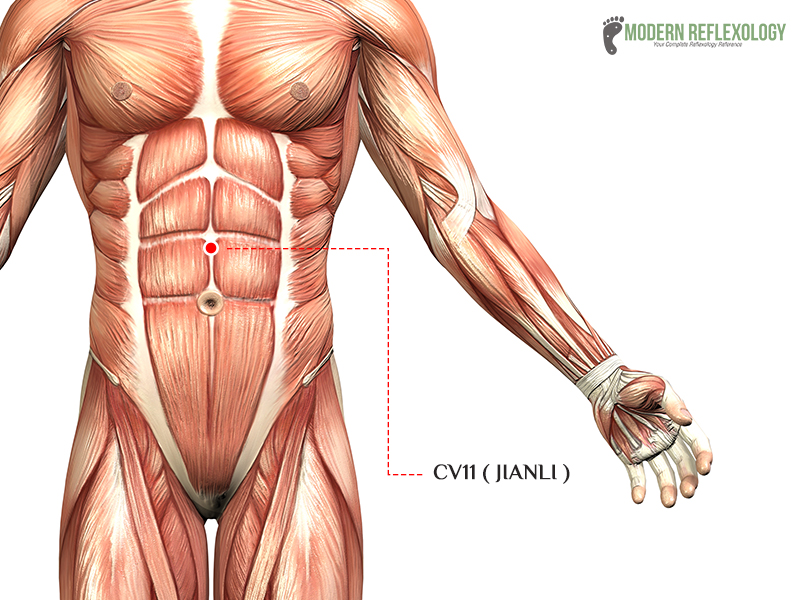
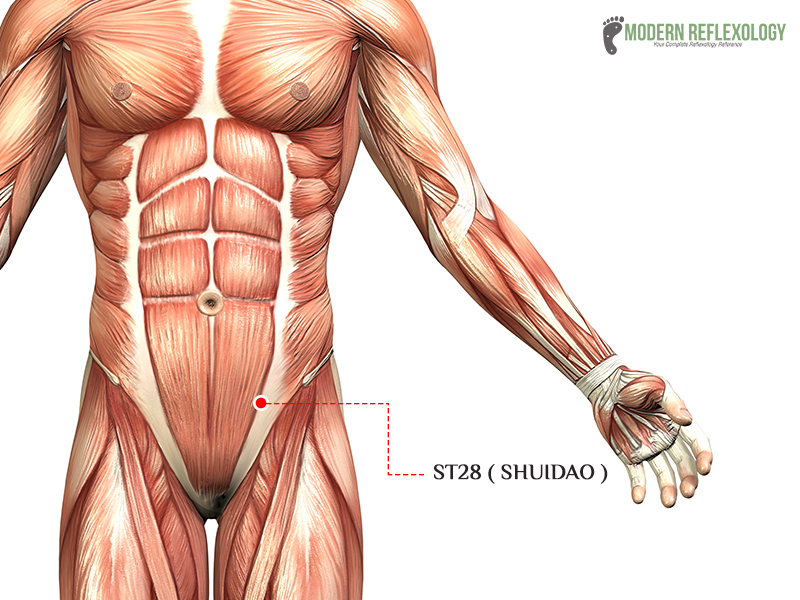
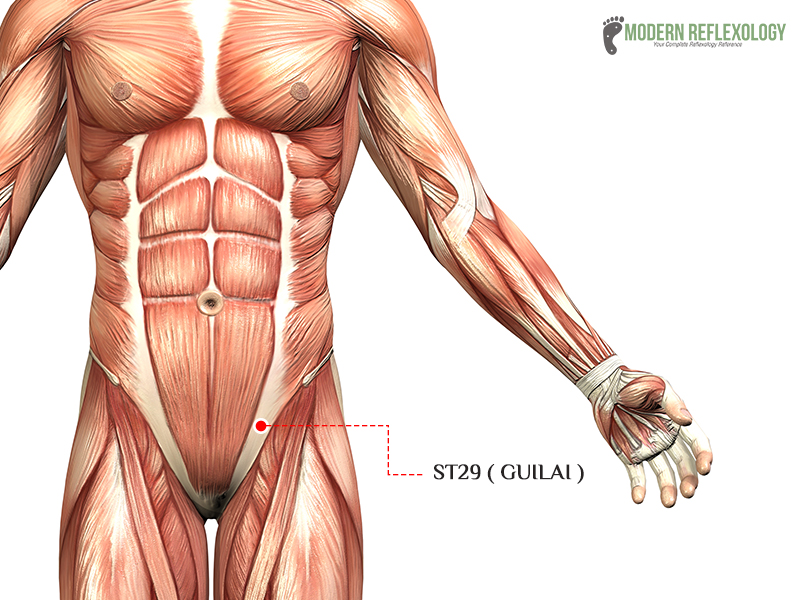
Comments are closed